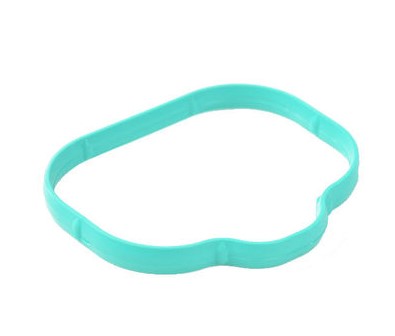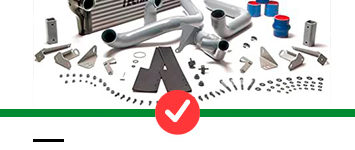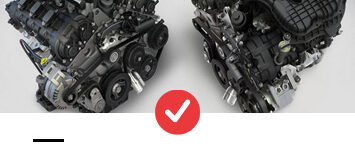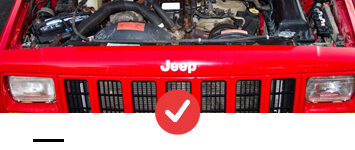Jeep 4.0 Intake Manifold Upgrade
If you’re looking for the best way to get a new Jeep 4.0 header, keep reading because I’ll tell you everything you need to know about them.
Your vehicle’s original exhaust manifold will wear out after some years of operation, causing it to malfunction.
It can also cause leaks and fractures, as well as reduce the engine’s performance, if left alone.
This is why it’s so crucial to replace your header as soon as possible.

What Do Intake Manifolds Do?
The intake manifold is one of the most fascinating components of the internal combustion engine. The intake manifold, which ensures an even distribution of air/fuel mixture to each cylinder, also serves as a mounting for carburetors (on older engines) and fuel injectors (on modern engines). Let’s talk about what a performance intake manifold can do for your daily commute instead of focusing on what intakes do or how they work.
An aftermarket intake manifold is one of the most popular performance upgrades available. And for good reason; the more air and fuel you supply your engine, the more power it will produce. Single or dual plenum designs allow your engine to breathe more freely than a stock manifold. Aftermarket intake manifolds allow you to replace old, leaky, and restrictive OEM carbs for performance 4-barrels with square bore or spread bore flanges, or even six-pack setups on carbureted vehicles.
You’ll save even more money by installing a cast iron intake over a performance intake manifold because most performance intake manifolds are composed of cast aluminum. This is an enormous benefit for big block Ford owners who can switch out their 80-pound OEM iron manifold for a 10-pound aluminum upgrade. And after you’ve installed a performance intake manifold, you may also add the aforementioned CAI, as well as a throttle body spacer, to unleash even more power.
The market, like cold air intakes, is filled with a variety of big companies competing for your money. But, much like the CAI has K&N and Volant cold air intakes, manifolds have their own juggernauts as well. And, just as you should with the CAI’s K&N and Volant cold air intake system, you’ll be better off investing in Edelbrock, CFM+, BBK, Banks & aFe.
CCIYU Stainless Steel Manifold Exhaust Kit
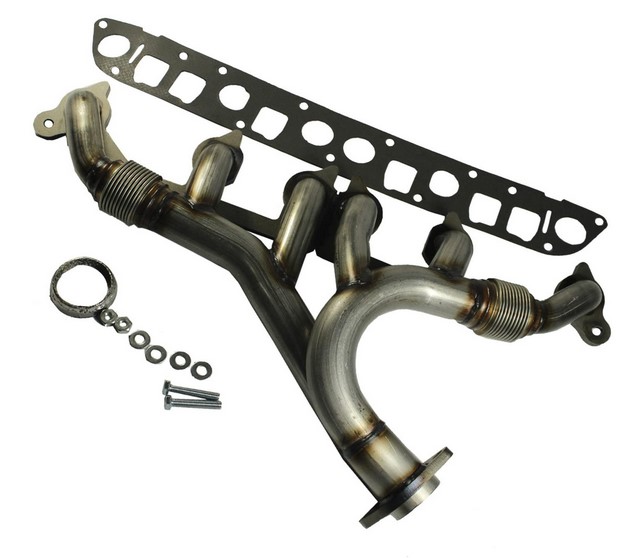
Fel-Pro MS94790 Intake & Exhaust Manifold Gasket Set
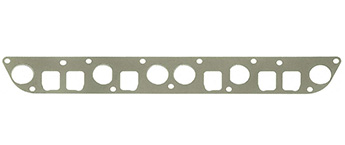
Banks 51327 Torque Tube System
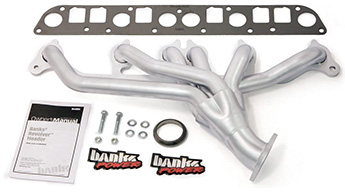
Omix-ADA 17622.12 for 91-99 Jeep TJ/XJ/ZJ 4.0L
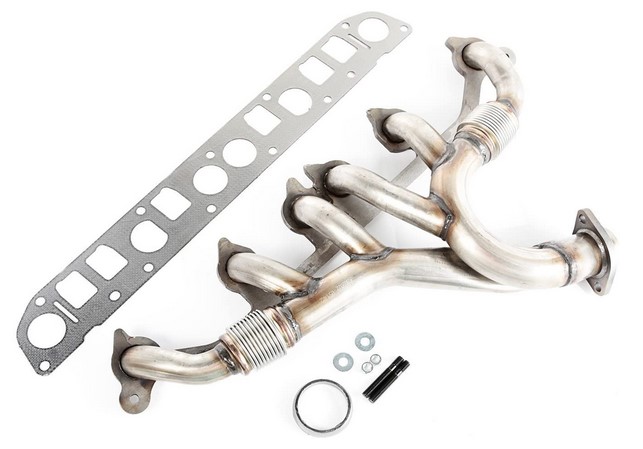
Benefits of Uograding My Jeep 4.0 Intake Manifold
Better Performance
The air intake is your car’s lungs, taking in air and distributing it to the engine’s intake manifold. Upgrading the intake will improve the flow of air into and through your vehicle, allowing it to breathe more easily. You’ll notice an improvement in horsepower, torque, and acceleration as well as improved fuel efficiency. The numbers will vary based on your engine type; however, you can expect gains of five to 15 horsepower.
Amplified Sound
It’s critical to modify the intake to make it quieter while increasing exhaust noise. The louder your truck’s engine roar, the better. With modifications like a muffler and larger exhaust pipes, you may even improve the tone.
Reusable, Money-Saving Filters
Air intakes from aftermarket manufacturers usually include washable, reusable air filters. They’re usually made of cotton and are meant to offer maximum filtration while also capturing all sorts of debris before it enters your engine. Their recyclability is ecologically beneficial as well as cost-effective, so you won’t have to buy new ones. Cleaning these filters is easy; see our how-to for more information. Most come with a lifetime or million-mile warranty, so they’ll last longer than dry filters that need to be replaced every few months.
Signs You Should Replace Your Intake Manifold Gaskets
Intake manifold gaskets are crucial to the efficiency of your engine and, as a result, the operation of your car. If you have leaky intake manifold gaskets in your vehicle, it can be harmful to you and your passengers. As a result, look for these warning signals indicating that your intake manifold gaskets need to be changed.
But first, it’s important to understand what an intake manifold gasket is. Gaskets are used as seals between various engine components and are made of rubber, paper, or metal. Intake manifold gaskets serve as crucial elements of your engine since they sit between the intake manifold and the cylinder heads.
Issues with engine performance
Intake manifold gaskets can wear down as your car ages. They might leak and cause the engine’s air-fuel ratio to be out of balance. As a result, the engine may develop issues including stalling, misfires, decreased fuel efficiency, and reduced acceleration and power.
Leaking coolant
Intake manifold gaskets are occasionally used to seal the engine’s coolant. As the engine ages, its gasket wears down, allowing coolant to leak. Drip marks of coolant under your car, steam, and a sense of coolant leaking are some signs that it’s time for a new intake manifold gasket.
Overheating engine
After a period of time, coolant leaking can cause the engine to overheat. Even if there are no visible signs of a coolant leak, the engine may overheat on occasion. This is why leaks in the cooling system are so hazardous and must be addressed as quickly as feasible.
If any of the aforementioned symptoms are apparent on your car, it is strongly suggested that you have it serviced by a dealership. A skilled technician should be able to tell whether or not a faulty intake manifold gasket needs to be replaced.

